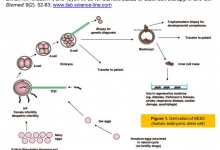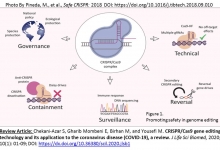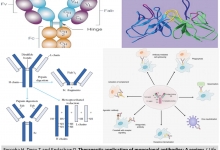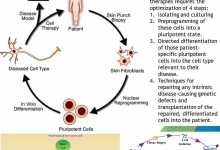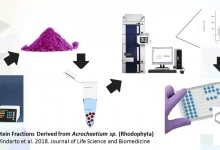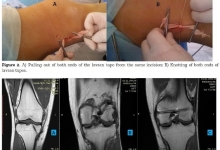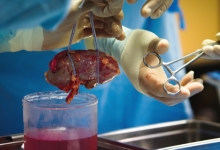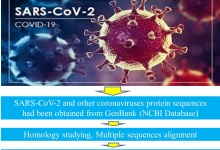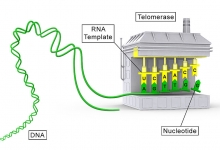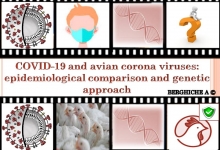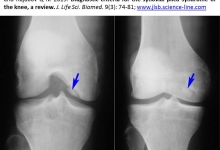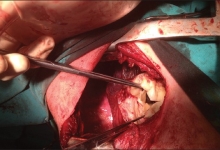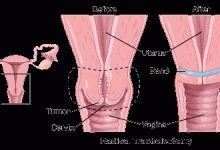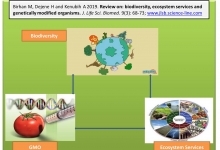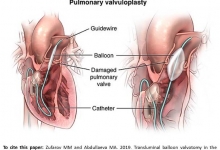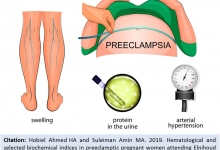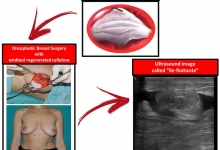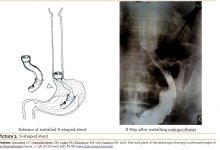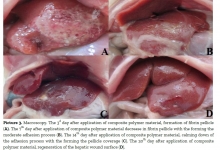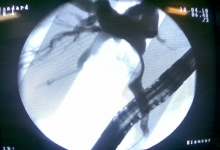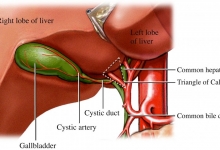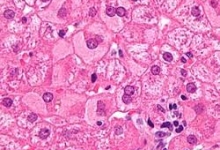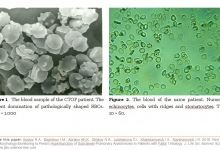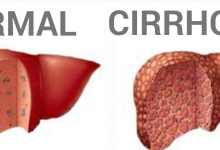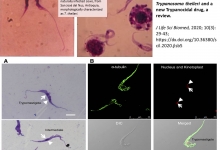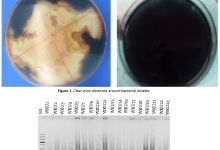Previous issue | Next issue | Archive
| Clinical characteristics and outcomes of patients with COVID-19–associated acute respiratory distress syndrome |
Research PaperCOVID-19
Clinical characteristics and outcomes of patients with COVID-19–associated acute respiratory distress syndrome
Ibadov RA, Ibragimov SKh, Alimova HP, Burkhonov BB, Ibadov RR.
J. Life Sci. Biomed., 12(2): 27-33, 2022; pii:S225199392200004-12
D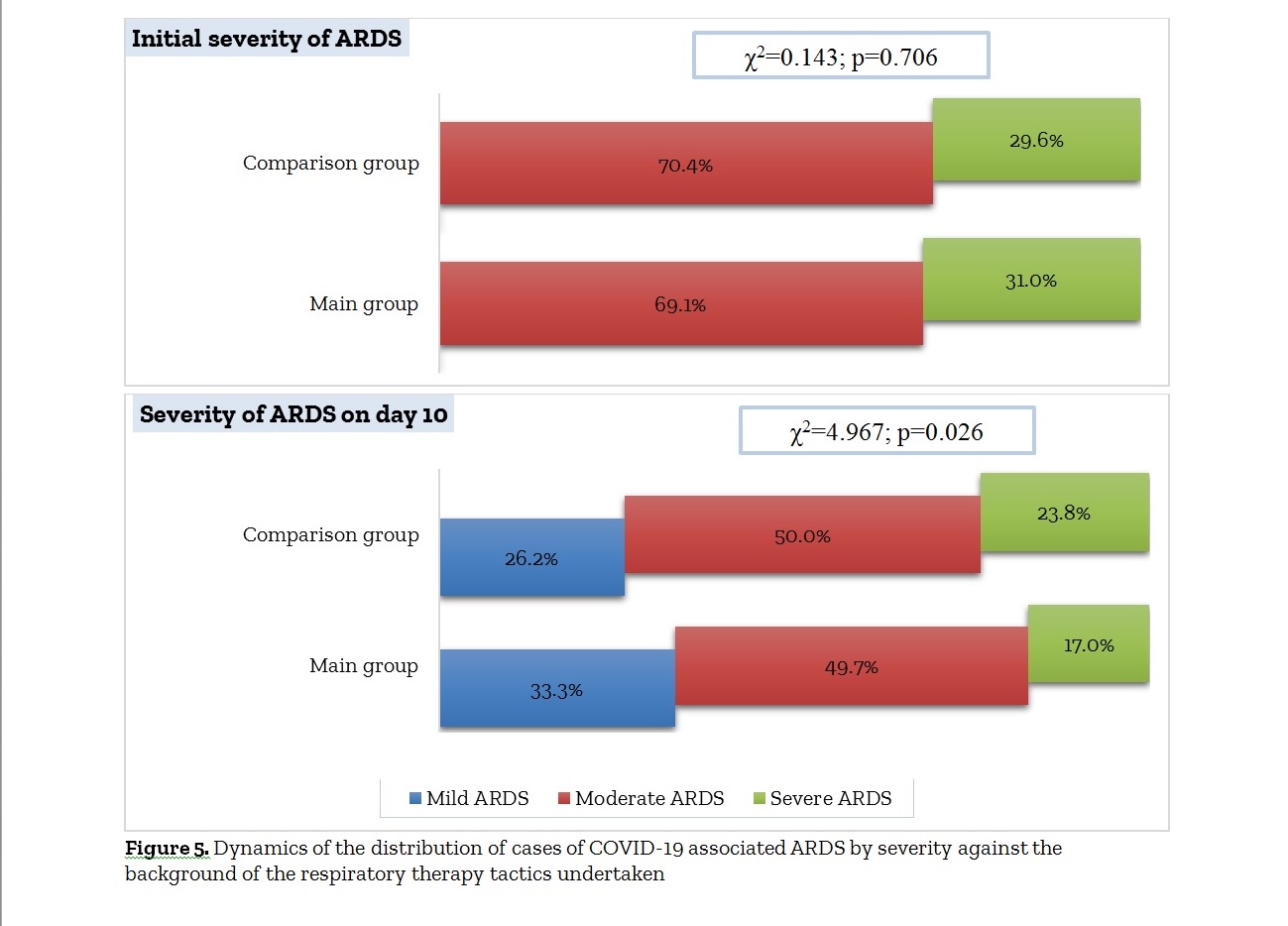 OI: https://dx.doi.org/10.51145/jlsb.2022.4
OI: https://dx.doi.org/10.51145/jlsb.2022.4
Abstract
Aim. The aim was to analyze the results of intensive care for COVID-19 associated acute respiratory distress syndrome (ARDS) using optimized tactical aspects of respiratory support. Methods. In this prospective study, the comparison group included 436 consecutive patients admitted to the ICU of "A-block Zangiota-1" in the period from January 1, 2021 to June 30, 2021 (taking into account the representativeness of the main group), whose the therapeutic and tactical aspects of management were based on the first own experience with results analysis across organizational and therapeutic approaches. The main group included 288 patients admitted from July 1, 2021 to October 1, 2021, whose therapeutic and tactical aspects of management were developed on the basis of a fundamental revision of the differential diagnosis, pathomorphological classification and respiratory mechanics of COVID-19 associated ARDS, as well as taking into account the influence of risk factors for the severe course of the disease and various methods and technologies of respiratory support. Accordingly, adapted and optimized respiratory therapy standards have been applied in main group. Results. The frequency of intubations and transfers to mechanical ventilation had no statistical difference between the groups (p=0.362). In the main group, cases of tracheostomy (73.8%) were significantly (p<0.001) more than the comparison group (14.5%). In the comparison group, the proportion of patients with severe ARDS decreased from 29.6% to 23.8% (p=0.067), and in the main group from 31.0% to 17.0% (p<0.001). The average duration of treatment of patients in the ICU was 22 (from 7 to 32) days in the comparison group and 17 (from 9 to 27) days in the main group (p<0.05). The frequency of deaths in COVID-19 associated ARDS was 11.1% in the main group, which was significantly lower (p=0.036) than the comparison group (16.7%). Among patients on invasive mechanical ventilation (intubation and tracheostomy), the mortality rate was 96.0% in the comparison group and 76.2% in the main group of patients (p = 0.003). Conclusion. Providing respiratory support for COVID-19 associated ARDS, taking into account the individual characteristics of respiratory mechanics, can improve the results of treatment of patients with an increase in the oxygenation index, a decrease in the proportion of cases of severe ARDS, and reduce the mortality rate and the length of stay of patients in the ICU.
Keywords: COVID-19-associated acute respiratory distress syndrome, Respiratory support, Intensive care outcomes, Comparative analysis
[Full text-PDF] [ePub] [Export citation to RIS & EndNote] [How to Cite]
| Nutritional status of patients according to the stage of chronic renal failure |
Research Paper
Nutritional status of patients according to the stage of chronic renal failure
Lengani TH, Sanou G, Bougma S, Sawadogo YA, Zio S, Ba-Fatoumata H, Coulibaly G and Savadogo A.
J. Life Sci. Biomed., 12(2): 34-47, 2022; pii:S225199392200005-12
D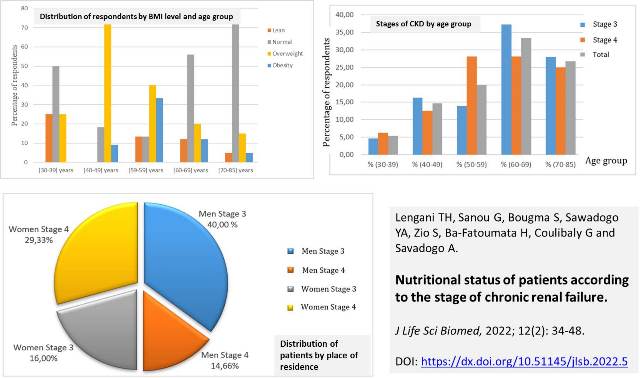 OI: https://dx.doi.org/10.51145/jlsb.2022.5
OI: https://dx.doi.org/10.51145/jlsb.2022.5
Abstract
Introduction. In Burkina Faso, chronic kidney disease (CKD) is a major public health problem due to its increasing prevalence, severity and the high cost of treatment. Aim. The aim of this study was to describe nutritional status of subjects diagnosed with severe and moderate stages of chronic renal insufficiency, followed in nephrology consultation at the Yalgado Ouedraogo University Hospital Center (YO-UHC) of Ouagadougou. Methods. A descriptive cross-sectional study conducted over a period of eight months and included 75 patients in total. The social-demographic parameters were determined on the basis of the patients' declaration and the use of their medical records. Biological parameters were collected from the results of laboratory examinations performed by each patient. The nutritional status of the patients was assessed by the anthropometric method. Finally, all patients were asked about their dietary habits and lifestyle using the 24-hour recall method. Results. Our results revealed a male predominance, out of the total number of patients included. The percentage of men and women was 54.70% and 45.30% respectively with a sex (male/female) ratio of 1.20. The average of Body Mass Index was 24.79 Kg/m2. The percentage of overweight and obesity of women was 64.71% compared to 26.83% for men. The proportion of women with severe chronic kidney disease (58.82%) was twice as high as that of men (29.27%), (P<0.05). The average waist circumference of the subjects aged 30-39 years was significantly lower than that of the subjects aged 60-85 years. So, average hip circumference was 93.77 cm, with a significant difference according to sex (P<0.05). The prevalence of hyperglycaemia and diabetes increased with age. Hyperglycaemia in the 40-49 age group was increased significantly from 16.67% to 26.67% in the 70-85 age group (P<0.05). Diabetes in the 50-59 age group was 10% and doubled in the 70-85 age group (P<0.05). A percentage of 67.99% of the patients had a history of hypertension in either first-degree relatives or collaterals. The highest proportion was found in the hypertensive collaterals (37.33%; P=0.059). This study revealed a low level of physical activity among all patients. Only 38.67% of the patients practiced regular physical activity. There was no significant association between the level of physical activity and the stage of renal failure. Conclusion. Knowledge of nutritional status is a crucial part of better nutritional management of CKD patients. Finally, previous studies on the dietary habits of patients suffering from CKD will allow a better understanding of their nutritional status for a better management according to the stage of progression of the disease.
Keywords: COVID-19-associated acute respiratory distress syndrome, Respiratory support, Intensive care outcomes, Comparative analysis
[Full text-PDF] [ePub] [Export citation to RIS & EndNote] [How to Cite]
Previous issue | Next issue | Archive
![]() This work is licensed under a Creative Commons Attribution 4.0 International License (CC BY 4.0)
This work is licensed under a Creative Commons Attribution 4.0 International License (CC BY 4.0)


